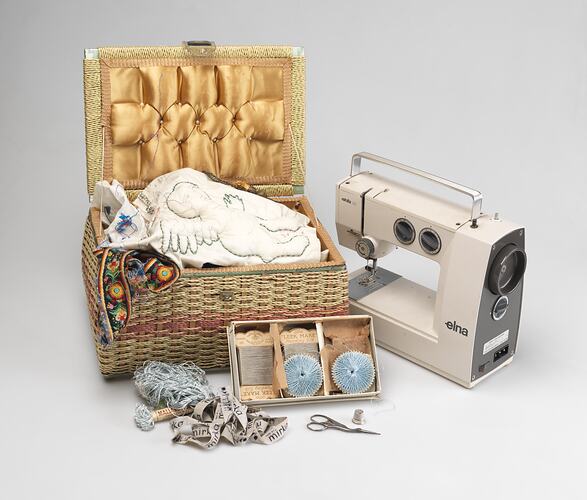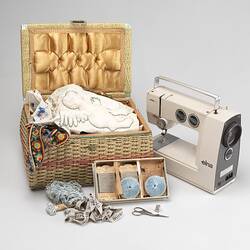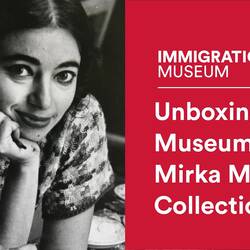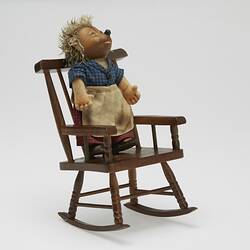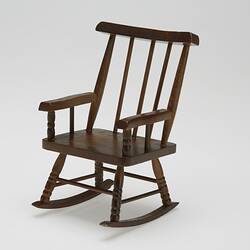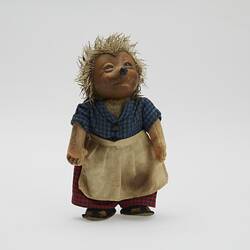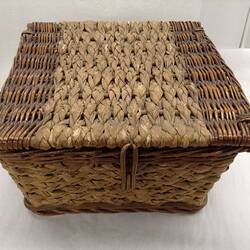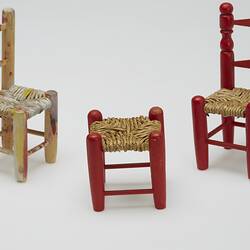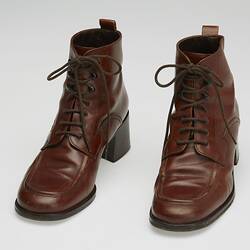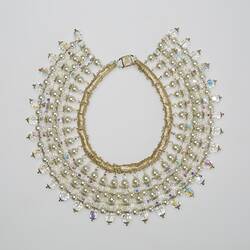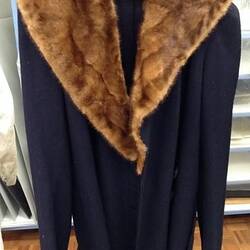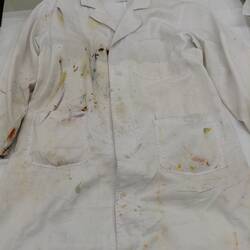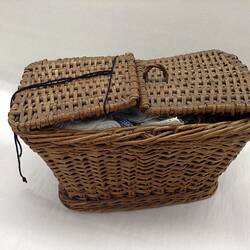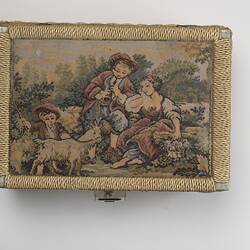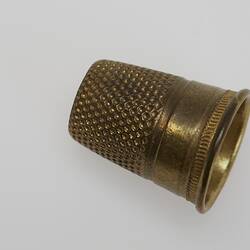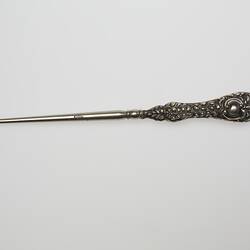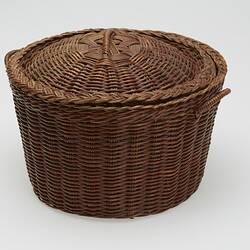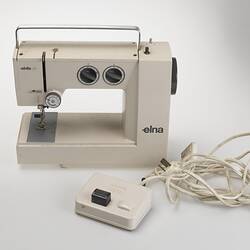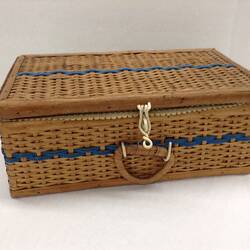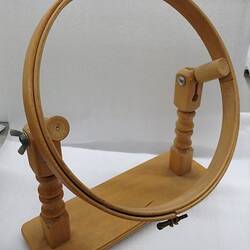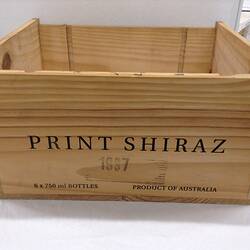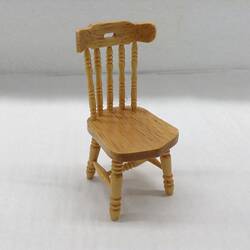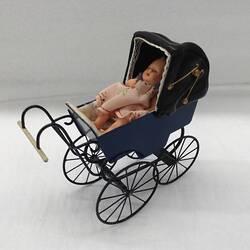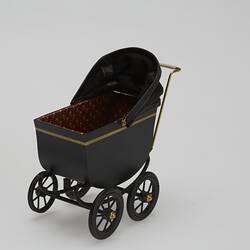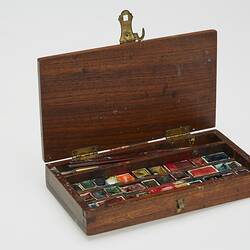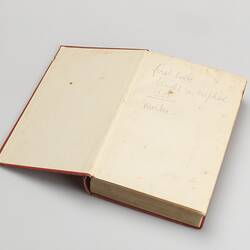Summary
Few people are as synonymous with Melbourne as artist, migrant and restauranteur Mirka Mora. In 2019 Museums Victoria acquired at auction some of Mirka's artist materials, sewing equipment, clothing and personal objects in order to represent this incredible life in the State heritage collection.
Mirka Mora - Brief Biography:
Mirka Mora was a post World War II migrant, artist, restauranteur and a leader in the formative years of Melbourne's post-war artistic and cultural urban development. Mirka was born in 1928 to a Lithuanian father, Leon Zelik, and a Romanian mother, Celia Gelbein. She and her parents miraculously survived World War II and the Holocaust. In Paris she met and married Georges Morawski, a French resistance fighter. They married in 1947 and migrated to Australia by aeroplane with their infant son Philippe on 4 June 1951. Georges officially changed his name to Mora in 1955.
The couple became pioneers of cafes, late-night bars and contemporary art, contributing to the transformation of Melbourne 'from a quiet, provincial town to sophisticated, multicultural city.' (William Mora)
Mirka and Georges moved to 9 Collins Street, and in the early 1950s the couple's Mirka Cafe in Exhibition Street became a hub for the city's creatives, including John and Sunday Reed, Fred Williams, Joy Hester, Sidney Nolan, Charles Blackman and Arthur Boyd. The Moras opened East Melbourne restaurant Balzac in 1956, becoming the first establishment in the city with a 10pm liquor licence in 1960.
They moved to St Kilda in the late 1960s, buying Tolarno Hotel in Fitzroy Street. They ran a restaurant downstairs, while the hotel became their residence, and for many years housed Mirka's art studio. While there, they opened Tolarno Gallery, one of Melbourne's first commercial art galleries. Throughout Mirka's life, art was a constant. She went to theatre school in France, training with mime artist Marcel Marceau (who fought in the Resistance with Georges). She had more than 35 solo exhibitions throughout her career. While she and Georges separated in 1970, after affairs on both sides, and later divorced, their love remained constant.
Mirka's Richmond Studio Estate:
Mirka died in 2018 and a large proportion of the contents of her Tanner Street Richmond studio, where she was in residence since 2000, was auctioned in 2019. Museums Victoria was able to acquire for the people of Victoria a modest selection of the tools and materials which demonstrate some of her artistic and teaching practices, and some personal items that reveal her influences and style. This collection enables the Museum to contribute to the documentation of Mirka's story with other key cultural institutions including Heide Museum of Modern Art, and make it accessible to the public.
Mirka at Museums Victoria:
The collection includes artist materials, sewing equipment, clothing and personal objects. A small selection was displayed at the Immigration Museum soon after the acquisition in April 2019 as well as an installation in conjunction with the Jewish Museum's exhibition MIRKA, on display from June-December 2021. The collection represents a small slice of Mirka's magical art studio - as she reflects in her book 'Love and Clutter' (2003, p.25): 'My clutter appears to me like a large army of magic soldiers who transform everything around me into watercolours; into charcoals, pen-and-ink drawings, paintings, dolls, embroidery, prose, good cooking and playfulness.'
These are objects that Mirka herself owned, used and touched. An embroidered artwork in progress still has the needles attached where she left them, expressing her creativity and loving attention to the details of drawing and sewing. Her art coats have paint spatters, and the paint boxes are smudged and paints worn down with use. The thimbles once protected her fingers from needle pricks and the sewing boxes overflow with silks, satins and lace she collected for her textile art. A stylish fur-trimmed coat conjures images of Mirka walking along Collins Street, a petite and arresting French woman in the 1950s. These are not just items Mirka owned or used, they embody her as a real and multi-dimensional person.
One of the most evocative items is a novel in which she inscribed in the year she arrived in Melbourne from France: 'first book bought in english 1951. Mirka'. This is a powerful migration object, a reminder that Mirka started out like so many post-war migrants at that time, in a new unfamiliar city, speaking a different language and still carrying the grief of war.
Collection Inventory:
- two paint-spattered coats or smocks;
- long wool 'Noblemark' coat with fur collar, 1950s;
- Edwardian-era black velvet 'Georges' bolero jacket;
- pair of lace-up 'Bally' boots;
- beaded costume jewellery collar;
- inscribed book 'A Rage to Live' by John O'Hara, 1941;
- embroidered calico artwork in progress, featuring classic winged figures Mirka design and sun, stored in one of Mirka's sewing boxes;
- nine sewing baskets containing Mirka's sewing, sewing tools, fabrics, yarns and threads. Key items include: a small pair of metal sewing scissors designed in the shape of a long-beaked bird, thimbles, and a vintage button hook;
- 'Made By Mirka' clothing labels relating to her time as a clothing designer;
- small Elna table-top sewing machine;
- collection of miniature dolls, prams and furniture;
- six art cases containing paints and paintbrushes, and colourised postcard of Notre Dame;
- leather art utility belt adapted from an ammunition belt.
Related Collections and Themes:
Museum Victoria's Mirka Mora collection represents a migrant and cultural life beyond her artworks, and brings the personal side of Mirka to life. The objects provide opportunities to explore broader universal themes relating to migration, childhood, creativity, personal identity and notions of home and belonging.
The material forms part of the Museum's Migration & Cultural Diversity collection, and complements one of this collection's strongest sub-collections, the Immigration and Artistic Practice collection. This collection documents migrant artists' lives, not just through their artworks, but through the materials showing how their practice evolved over time. It which draws on artworks, materials, equipment, migration objects and oral histories to explore how Victorian migrant artists adapt, develop and transform their artistic practice within a new social, cultural and artistic environment.
More Information
-
Keywords
-
Authors
-
Article types
